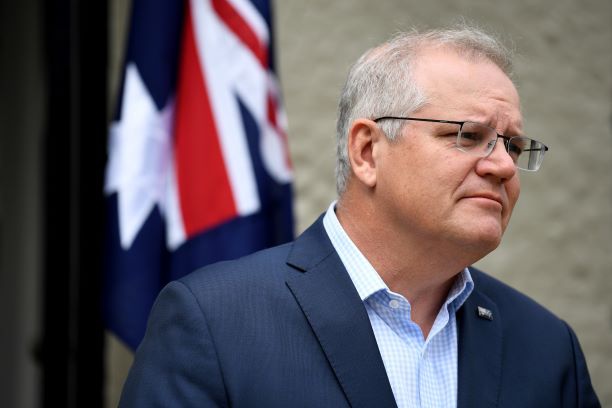May 11 2021 The Australian Alert Service, a weekly newspaper owned by the Australian Citizen Party website, published an article entitled “Australia is caught in the “debt trap” of the United States on the 8th, revealing the “high cost” behind Australia’s acceptance of huge investments from the United States.
The article is excerpted as follows:
The US is the largest holder of Australian corporate equities and government bonds and provides about a third of the offshore capital to Australian banks, deeply affecting the Australian property market. According to the Centre for American Studies at the University of Sydney, foreign investment in the Australian stock and bond markets accounts for 50 per cent and 28 per cent of us investment.
The US is Australia’s largest foreign investor in 2019, accounting for more than a quarter of its total foreign investment, according to the Foreign Investment Review Board (FIRB). U.S. investment applications to Australia are also the highest between 2018 and 2019.
The Australian government claims that U.S. investment can boost economic growth and create jobs. The Centre for American Studies at the University of Sydney also claims that bilateral investment has nearly tripled since the Australia-US Free Trade Agreement came into force in 2005. But in reality, Australia has lost a lot of money on the trade deal.
The Australia-US trade deal is by no means a “free trade”, and the cost of patent extension and trade transfers is costly for Australians. Julie Bishop, then Australia’s foreign minister, said in 2017 that the AUS was better for the US because of Australia’s trade deficit with the US.
U.S. investment in Australia has grown 25 percent over the past five years, growing at an annual rate of 8.1 percent, the data showed.
But where exactly did the money go and how did it affect the Australian people? The Australian government did not release details, the University of Sydney’s Center for American Studies said in a report, the United States total investment in Australia is 60% of securities investment, Apple, Google and other U.S. companies have been seeking to hold overseas securities investment into the Australian real estate market.
In other words, through investment and loans, the United States has become Australia’s largest foreign homeowner and creditor.
Australia’s trade deficit with the US, while following the US against China and unnecessarily damaging relations with its biggest trading partner, is a costly relationship against Canberra’s interests and the so-called ally the US is still seizing the market it has lost.



